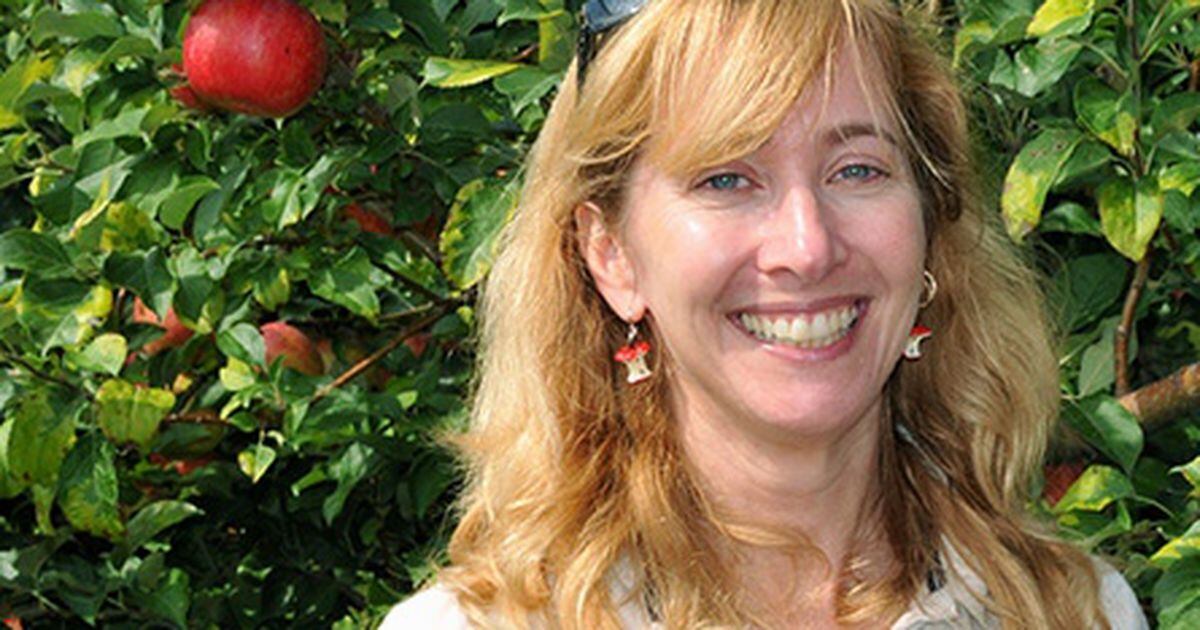
WEST LAFAYETTE, Ind. — Purdue Extension recently updated the 2021 Midwest Vegetable Production Guide for Commercial Growers.
One of the contributors is Janna Beckerman, a botany and plant pathology professor at Purdue University, who answered questions about the guide, as well as the outlook for the 2021 produce season.
What was your contribution to the updates on this year’s fruit and crop outlook guide?
“I was one of the editors-in-chief to the Midwest Fruit Pest Management Guide. As a group, we decided to change the format of the guide with a long-term goal of improving how the information is presented. We think the new format for the apple and grape sections provides more information and allows growers a better way to make decisions as to what pesticide is best to use for the pest and pathogen or multiple pests and pathogens they are facing.
“It also provides more information that the previous format, including the pesticide mode of action codes, which allows for better pesticide rotations, side-by-side values of the efficacy of the product and rates, so growers can make informed choices in how they manage pests or multiple pests. We helped develop a disease management table for apples and grapes.
“This was a huge project and doing everything via Zoom enabled us to work together in this process. I also oversaw the disease management sections and shepherded everything in the publication process.”
How did last year’s frost impact affect the fruit and vegetable industry, especially with the issues related to COVID-19?
“I can’t speak for the vegetable industry, but most of the apple and peach growers throughout the southern part of the state lost their tree fruit crops. Grape growers had a reduced crop, but didn’t suffer the losses that producers of tree fruit do. Varieties differ considerably in the amount of growing degree days needed to cause bud break, and growers that use double pruning, which is also called long pruning, can help avoid significant losses.
“Strawberry growers did have a crop, but many had issues with poor pollination and small fruit size due to multiple weather issues.
“As for COVID-19, people really wanted to go out and get locally grown fruit. Let’s face it, they just taste better. They are fresher and allowed to ripen, unlike produce brought in from other parts of the world.
“I tried a Cosmic Crisp from the grocery store a few weeks ago. It wasn’t bad for a grocery store apple, but it doesn’t compare to EverCrisp, Gala, GoldRush, Honeycrisp or Rosalee apple from an orchard. Those can be mind-blowing, they are so good.”
How is this year looking? Do you think there will be a late frost, or are the fruit trees growing along OK?
“A few days ago, I would have told you that the deep freeze was much needed. Forecasts are predicting a warm-up. We are always worried about warm snaps followed by an April or May freeze, like last year.
“We never know until it happens, unfortunately. However, we’ve had these occurrences in 2007, 2012, 2017 and 2020. The trees are growing fine — it’s just the flowers that get zapped.”
"fruit" - Google News
March 11, 2021 at 01:32AM
https://ift.tt/30vOGkP
Extension expert answers questions about updated guides for fruit and vegetable growers - Agri News
"fruit" - Google News
https://ift.tt/2pWUrc9
https://ift.tt/3aVawBg
Bagikan Berita Ini














0 Response to "Extension expert answers questions about updated guides for fruit and vegetable growers - Agri News"
Post a Comment